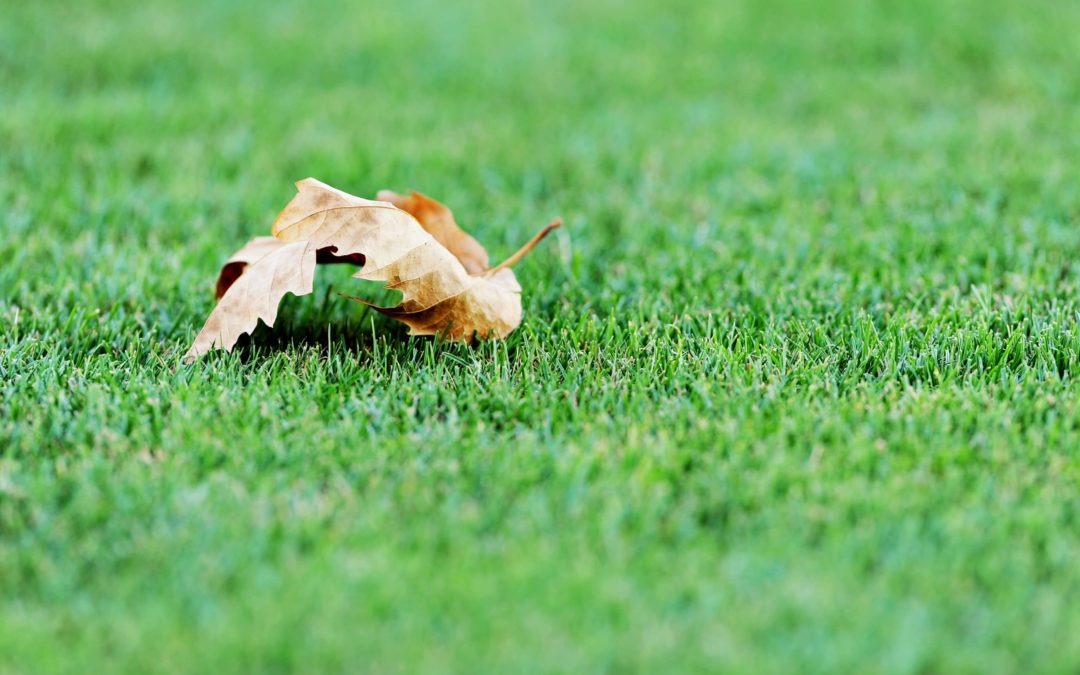Synthetic grass doesn’t need mowing, watering, or fertilizing. It often handles heavy traffic and physical activities without getting thin or muddy. Turf is usable all year round, regardless of the climate. Here’s how to preserve your artificial turf:
Clean Regularly
Use a blower or rake to easily remove loose materials such as leaves, twigs, or dirt. If a more intensive cleaning is necessary, use a solution of soap and warm water. Rinse well under clean running water to avoid soiling the surface with soap residue. For difficult-to-remove stains or stubborn odors, use artificial turf cleaning solutions that include disinfectants. In an area that gets a lot of vehicle traffic or is exposed to high quantities of pollen or smog, you may have to clean your turf more regularly.
Avoid Heavy Traffic
Artificial turf can often handle frequent traffic, but protecting it from heavy use may prolong its life. Change high-use zones when possible; consider rotating sports practice fields or changing the position of outdoor furniture. Use protective mats in high-traffic areas, such as beneath swings or goals on sports grounds. For events that are likely to attract big crowds, create temporary paths to avoid intense pressure on the turf. Always take care not to drive or park vehicles on the turf.
Wear Appropriate Footwear
Promote the use of flat-soled shoes or turf-specific athletic shoes with short, rubber cleats or studs. These spread weight more evenly and protect the turf backing. For sports activities, use shoe types indicated by the turf manufacturer. Recommendations for residential environments can include inviting guests to take off their shoes or offering them shoe covers. When using maintenance equipment, check that it has turf-friendly wheels or treads.
Apply Infill as Needed
Many artificial grass systems incorporate infill to offer structural support, shock absorption, and fiber safeguarding. Over time, the infill can shift or be compressed and require replacement. Check infill levels often, particularly in areas that are likely to receive heavy traffic.
Use a depth gauge to determine where the turf fibers and infill are scarce. Spread the infill evenly using a drop spreader or by hand, and then sweep or rake it into the turf fibers. Using the proper amount of infilling maintains optimum turf performance and supports proper drainage.
Manage Snow and Ice
It is usually best to let snow and ice melt naturally. The drainage system below the turf should be able to cope with the melting snow. However, if the snow is deep, it may be necessary to remove some to decrease the burden it places on the turf. Use a snowblower with skis on a “high” setting to avoid scraping the turf. Leave a thin layer of snow rather than clear right down to the turf surface. If you’re clearing a sports field, wait until it’s close to game time so the damp turf doesn’t re-freeze.
Protect Turf From Sunlight
Protect turf from direct sun exposure by erecting structures such as awnings or pergolas at the correct time of the day. To help minimize fading and deterioration of the turf fibers, apply a UV-resistant coating to the fibers. Shelterbelts formed by trees and or tall plants around the playing field provide natural shade and shelter. Light-colored infill can reflect some sun rays to aid in preventing the accumulation of heat on the turf’s surface.
Buy Artificial Turf Grass
Purchasing artificial turf through a wholesaler benefits installers, landscape companies, and hardscape businesses. Wholesalers offer a wide variety of turf types, enabling them to easily meet customers’ demands. Contact a credible artificial turf supplier now to find out how they can help you add the perfect lawn to your space.
Keep an eye for more news & updates on Forbes Indo!










